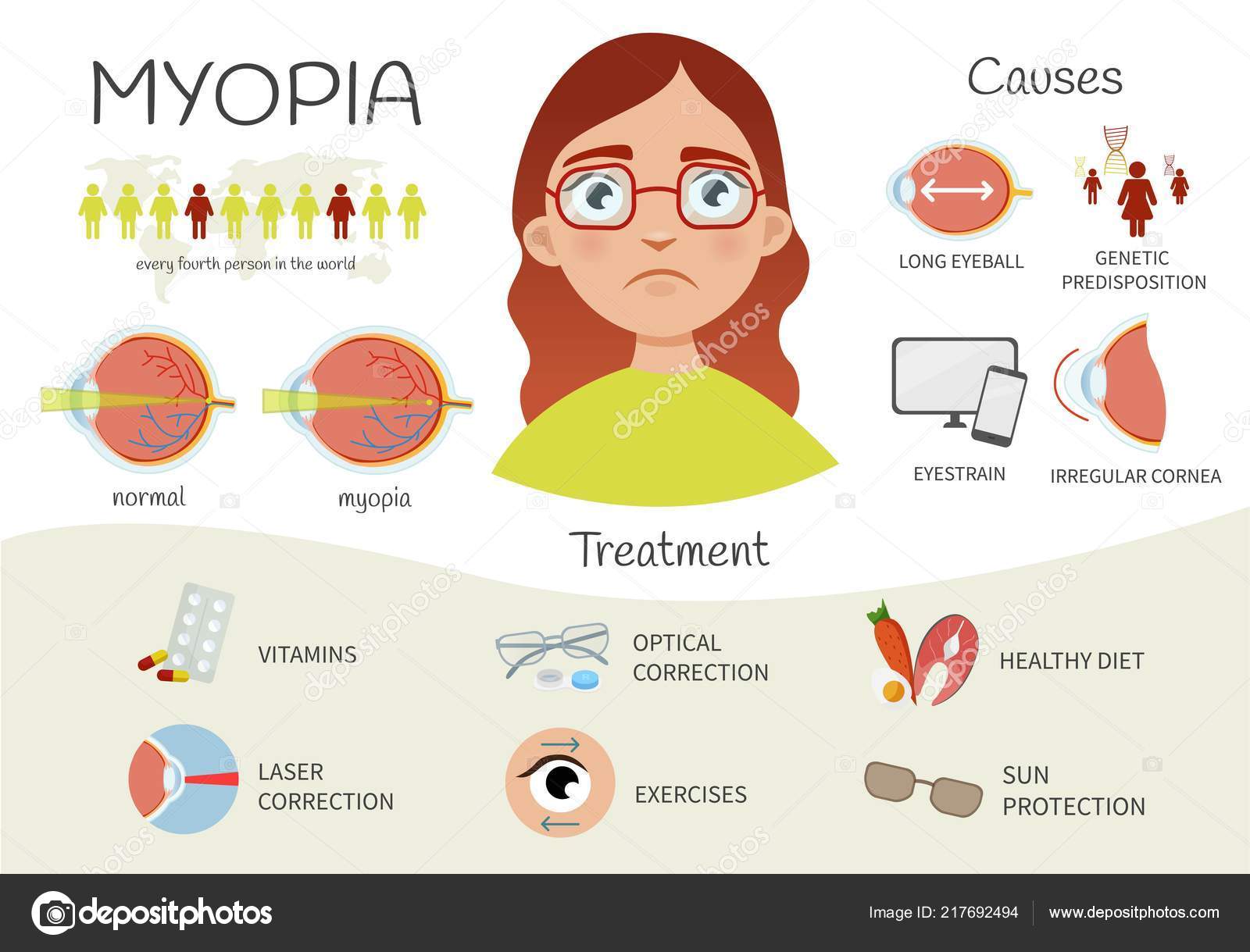Curious Regarding The Distinctions In Between SMILE, LASIK, And PRK Eye Surgical Procedures?
Curious Regarding The Distinctions In Between SMILE, LASIK, And PRK Eye Surgical Procedures?
Blog Article
Content Author-Dreyer Michelsen
If you've been thinking about SMILE eye surgical procedure, you could wonder how it stacks up against LASIK and PRK. Each treatment has its own collection of benefits and considerations. From quicker recovery times to possible dangers, there are key distinctions you ought to know prior to choosing. Understanding these distinctions will certainly help you make an enlightened choice that aligns with your particular needs and assumptions. Interested to recognize more concerning just how these treatments compare carefully? Keep checking out to get a thorough understanding of SMILE, LASIK, and PRK.
SMILE Eye Surgical Treatment Review
If you're thinking about SMILE eye surgery, you'll locate it to be a minimally intrusive procedure with a quick recovery time. During SMILE (Tiny Cut Lenticule Extraction), a laser is used to create a small, precise cut in the cornea to get rid of a small item of tissue, reshaping it to remedy your vision. This differs from LASIK, where a flap is created, and PRK, where the outer layer of the cornea is entirely removed.
Among the crucial advantages of SMILE is its minimally invasive nature, resulting in a faster healing procedure and less pain post-surgery. The recuperation time for SMILE is fairly fast, with many individuals experiencing boosted vision within a day or more. This makes it a popular selection for those looking for a practical and effective vision modification treatment. In addition, SMILE has been revealed to have a reduced threat of completely dry eye disorder compared to LASIK, making it a favorable choice for people concerned regarding this possible negative effects.
Differences In Between SMILE, LASIK, and PRK
When contrasting SMILE, LASIK, and PRK eye surgeries, it is very important to recognize the distinct methods made use of in each treatment for vision correction.
SMILE (Tiny Incision Lenticule Extraction) is a minimally intrusive treatment that entails creating a little incision to draw out a lenticule from the cornea, reshaping it to correct vision.
LASIK (Laser-Assisted Sitting Keratomileusis) entails producing a slim flap on the cornea, using a laser to reshape the underlying tissue, and after that rearranging the flap.
PRK (Photorefractive Keratectomy) gets rid of the external layer of the cornea before improving the tissue with a laser.
The main distinction hinges on the method the cornea is accessed and treated. SMILE is flapless, making it a great option for people with slim corneas or those involved in contact sporting activities. LASIK uses quick aesthetic healing due to the flap production, yet it might present a greater risk of flap-related issues. PRK, although having who does cataract surgery , prevents flap-related problems completely.
Understanding these variances is important in choosing the most ideal treatment for your vision correction needs.
Pros and Cons Comparison
To review the benefits and disadvantages of SMILE, LASIK, and PRK eye surgical procedures, it's vital to take into consideration the particular benefits and potential limitations of each procedure. SMILE surgery provides the advantage of a minimally invasive procedure, with a smaller sized laceration and potentially quicker healing time contrasted to LASIK and PRK. It likewise reduces the threat of completely dry eye post-surgery, a typical negative effects of LASIK. Nevertheless, SMILE might have limitations in dealing with greater degrees of nearsightedness or astigmatism contrasted to LASIK.
LASIK surgery supplies fast aesthetic recovery and minimal pain during the treatment. It's highly reliable in treating a variety of refractive mistakes, including nearsightedness, hyperopia, and astigmatism. Yet, LASIK carries a threat of flap difficulties, which can affect the corneal structure.
is cataract surgery dangerous , while not as popular as LASIK, prevents developing a corneal flap, reducing the threat of flap-related issues. It appropriates for people with slim corneas or uneven corneal surface areas. Nevertheless, PRK has a longer recuperation time and may entail a lot more pain during the recovery procedure.
Final thought
So, when it pertains to picking between SMILE, LASIK, and PRK, think about it like choosing the ideal pair of footwear. SMILE is like a sleek, comfortable set of tennis shoes - quick and easy.
LASIK is extra like stylish high heels - fancy and quick, yet with some possible threats.
PRK resembles durable treking boots - reputable and long lasting, yet needing a little bit more time and effort.
Eventually, the best selection relies on your individual requirements and choices.
